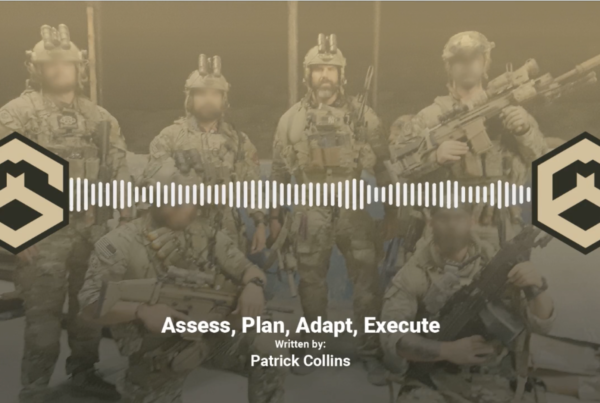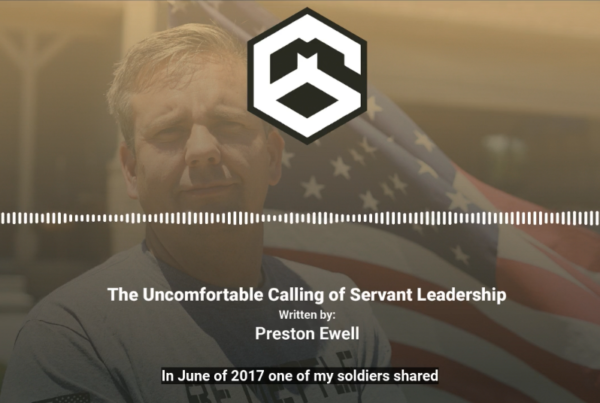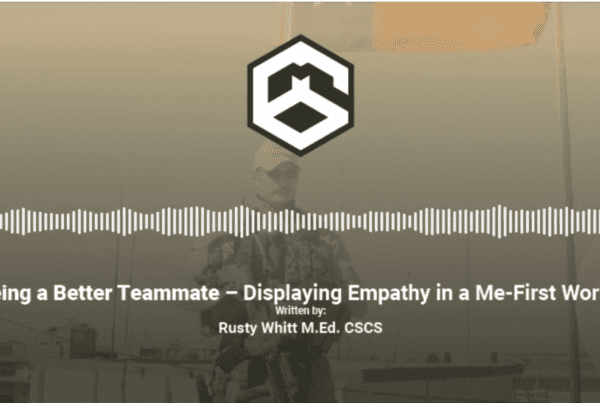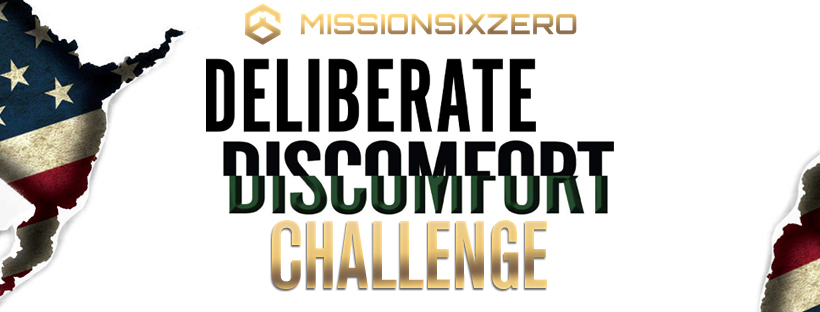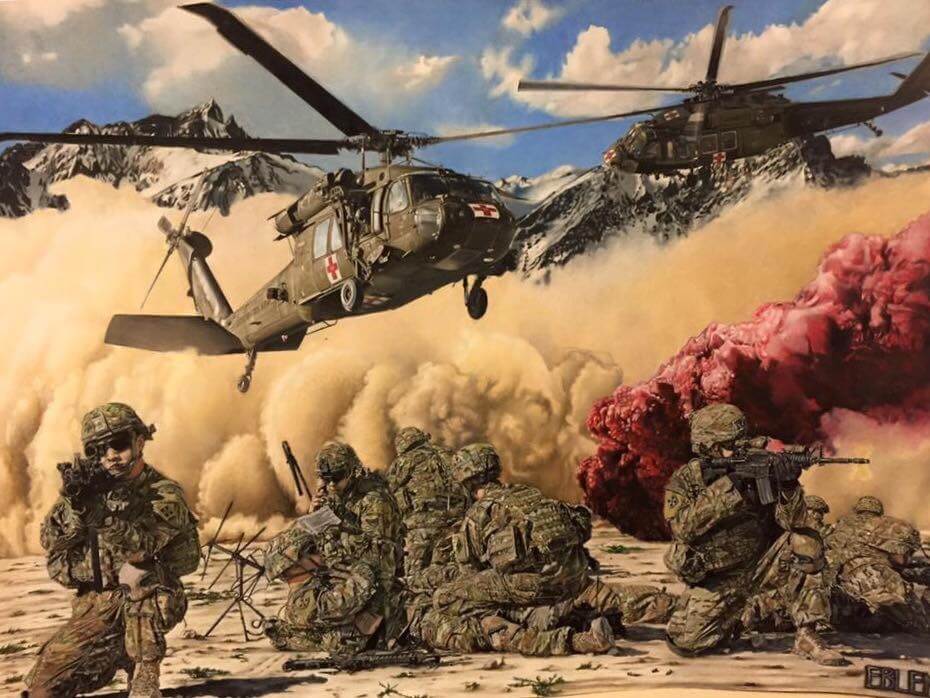
By Rory Travis
”The heat inside the taxi was stifling as we sat parked on the street corner. I opened the tinted rear windows only an inch so as not to expose my foreign presence. The orange and white Volkswagen Brasilia taxi and my Kurdish-American driver blended well into the surroundings of the northern Iraqi city. Even though I wore local attire, my urban camouflage was only effective enough to thwart the casual observer or passer-by. My driver and I kept our AK-47s hidden from sight, but readily accessible.
My Special Forces Team was conducting surveillance on a single-dwelling residence. In less than 24 hours, we would take down a target known to supply arms and explosives to insurgents targeting coalition forces in a neighboring city. My observer position was fixed. Other members of my Team conducted roving vehicle patrols past the target site, while our remaining Teammates were locked and loaded on high alert as a quick reaction force (QRF) in case the day’s operation didn’t go according to plan.
Seven months prior to this operation, I was a newly promoted US Army Special Forces Master Sergeant – Team Sergeant. With eleven years of experience conducting high-risk training and real-world missions, I would now manage my own Team, or Operational Detachment-Alpha, a.k.a., ODA or A-Team. When I arrived at the Unit, the Company was at the range conducting live fire pre-mission training in preparation for a return to combat operations in Iraq.
The Company Sergeant Major explained to me that there were two ODAs that needed a Team Sergeant. I arrived at the range during a break in the live fire training. I observed the two Teams as they reviewed and discussed their tactics for small unit operating procedures. One of the Teams had spread out into individual and small-group clusters. The clusters were arguing and shouting across their range area about who had screwed up and whose tactics were better. The tension and verbal assaults were relentless. On the other side of a high berm, the second Team had gathered around in a circle as each operator shared their observation of which tactics and techniques he was comfortable with and which ones needed more practice or revision. As I observed this Team, I noted that each teammate had his chance to offer input. There were laughs and jabs regarding the training that had just occurred, but I recognized a mutual respect for the ideas, experiences, and recommendations amongst the members of this Team.
In a few months I would deploy to a combat zone. It was not a game. It was not a business venture. It was life and death. I would be accountable for the lives of a Team of US Army Special Forces Green Berets conducting combat missions with regional and strategic-level implications for the United States of America. I was very fortunate to have an option of Teams and even more fortunate to observe the Teams in action. I chose the Team that demonstrated a foundation of collective competence or collective efficacy. According to Albert Carron, an expert on group dynamics, collective efficacy reflects a shared belief that members of a group can work well together in a coordinative fashion (2005).
Team Building and Team Development:
Many people define team building as a single challenging event that brings the members of an organization closer together through a shared experience of adversity. There are benefits to “one-and-done” teambuilding events, but these benefits are mostly short-lived bumps in organizational morale and social bonding. A “one-and-done” event does not normally address the foundational elements required for a highly effective organization. However, if properly managed and assessed, these events will identify areas for further development within an organization.
The foundational elements for development in teams include communication, cooperation, cohesion, vision, competence and leadership. These elements may also be assessed, trained and developed at the individual level in order to increase self-efficacy. When these elements are effectively shared and integrated on a team, individuals are more likely to perceive a higher level of capability of their team- a higher level of collective efficacy. Teams with higher levels of collective efficacy experience more individual effort expended toward team tasks and goals. Studies by Greenless, Graydon, and Maynard (1999, 2000) suggested that this expenditure of effort even persists following task failures or losses. Therefore, team building combined with development results in increased organizational performance and has an inoculative affect against setbacks over the long term.
My Team conducted numerous combat missions during that deployment. Real-world team building and development occurred on a continual basis. To this day, I am thankful and honored that the Green Berets on that live-fire range demonstrated a high level of collective efficacy. They are truly a Team of the greatest performers that the world will never know.
De Oppresso Liber.


